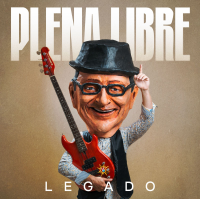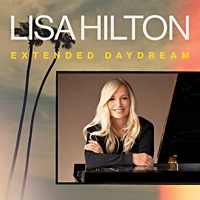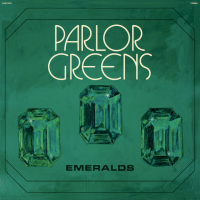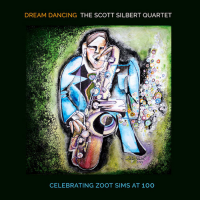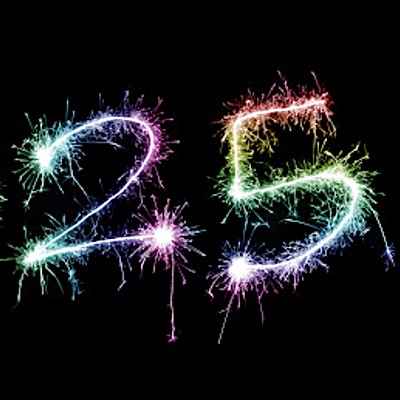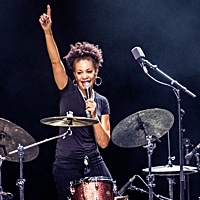Home » Search Center » Results: What is Jazz?
Results for "What is Jazz?"
2026 Winter JazzFest Marathons: A Survival Guide

by Ludovico Granvassu
For jazz fans who are in New York, when one countdown ends with the Times Square Ball Drop, another one begins--and ends a few days later, when Winter JazzFest officially gets underway with the first downbeat at Le Poisson Rouge . For 22 years, the festival has been the launch pad of the jazz ...
Seattle Jazz Fellowship: A New Age In A New Space

by Paul Rauch
The Seattle Jazz Fellowship, a 501(c)(3) non-profit supporting jazz and jazz culture primarily at the local level, came to life in a backroom bar in the city's arts district on Capitol Hill in October 2021. The city, the nation, the world, was just beginning to fully climb out of the social slumber imposed by the COVID-19 ...
Why the 7 Virtual Jazz Club Matters

by Valerio Pappi
The 7 Virtual Jazz Club is the first and only fully online contest dedicated to improvised music, now in its 11th edition. This groundbreaking competition provides a global platform for talented musicians, allowing them to showcase their skills and gain recognition from an international audience of jazz professionals and enthusiasts. Its digital format breaks down geographical ...
Marina Albero: Musical Nomad

by Paul Rauch
The city of Seattle is the last stop of the figurative continental big-city express on the west coast of the United States. Upon arrival, passengers are blocked by the Canadian border to the north, the high Cascade mountains to the east, and the Salish Sea to the west. Beyond the inland sea that is the Salish ...
Back In The Groove: Material Matters

by Tarik Townsend
An aspect of jazz that is often overlooked is the material. That is, the very tunes that the musicians are performing. Arguably more important than the key or the tempo, the song itself dictates where the musician's inspiration will go, and even that isn't always a sure thing. They're a launching pad and an indicator of ...
2024 Winter JazzFest Marathons: A Survival Guide

by Ludovico Granvassu
Twenty years is a remarkable milestone for any activity, let alone one that comes with the wear and tear of a high-profile jazz festival that every year strives to up its own ante, like the Winter JazzFest. From January 11 to 18, 2024, fans, musicians, promoters and other industry people from around the world ...
Why Hard Bop?

by AAJ Staff
This article was first published on All About Jazz on January 1998.When trying to investigate jazz, all the classifications and categories can be a bit confusing. What do they mean when they say “hard bop?" How is it different from other types of jazz? Although a definition of the music may not necessarily enhance ...
Leavenworth Jazz Festival 2023: A First Breath of Mountain Air

by Paul Rauch
Leavenworth Jazz Festival Leavenworth, WA May 5-7, 2023 The one-hundred-and-twenty-mile journey from the city of Seattle, to the village of Leavenworth, WA is one of perilous beauty and wonderment. Once arriving in the town of Monroe at the foot of the Cascade Mountains, Highway 2 east rises majestically over the Cascade summit ...
Seattle Jazz Fellowship: How One Week Told the Story of a Jazz Nonprofit's First Year

by Paul Rauch
When Seattle-based trumpeter Thomas Marriott announced the founding of a new 501(c)3 nonprofit to support the local jazz scene in his hometown, both the enormity of its possibilities and its challenges merged front and center in the collective mind of the Seattle jazz community. Over the past decade, the city had lost its two ...
2023 Winter JazzFest Marathons: A Survival Guide

by Ludovico Granvassu
The fact that New York City's Winter JazzFest (WJF) is back to in-person performances may very well be among the most meaningful signs, at least for jazz die-hards, that life is returning to normal. The overall number of concerts may not be as high as in the past, with the 170+ performances of 2020 ...

